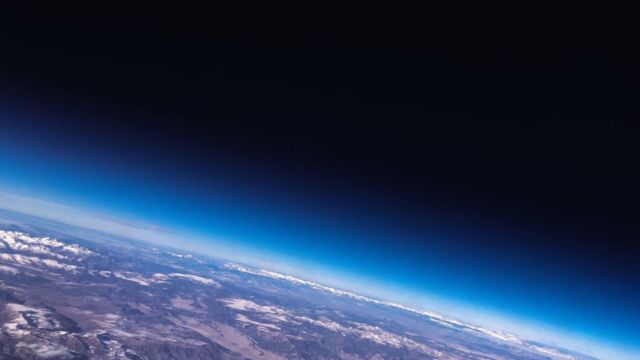NASA announces an asteroid the size of a twelve-floor building is approaching Earth this week

On its website, NASA lists the next approaching asteroids. It notes that one of them should be very close to us by the end of the week.
Every week, NASA scans our Solar System for potentially dangerous asteroids. While the most massive of these are relatively easy to spot, smaller asteroids are sometimes detected too late. Despite their small size, they could cause considerable damage in the event of a collision. This is the case of one such celestial object, first spotted less than a month ago.
Discover our latest podcast
The asteroid (2023 RR29)
First seen on September 15, the asteroid (2023 RR29) is a member of the Apollo class. According to NASA, it measures 34 meters, roughly the size of a 12-floor building.
More under this adMore under this adStill according to the Agency, it is approaching the Earth and should reach its maximum proximity this Saturday, October 7. But exactly how dangerous is it for us?
Read more:NASA's James Webb Space Telescope detects potential 'proof of life' on a super-Earth
Not a 'potentially dangerous' asteroid
On its web page, NASA reminds us that a 'potentially dangerous' asteroid, according to its definition, measures more than 150 meters and approaches within 7.5 million kilometers of our planet. Astronomers predict that (2023 RR29) will not approach closer than 3.5 million kilometers, but its modest size prevents it from falling within this definition.
More under this adMore under this adBarring a radical miscalculation, (2023 RR29) won't spit itself out on Earth, and if it were to end up on our planet, it wouldn't cause any irreversible damage. However, this is relative: if an asteroid of this size crashed into the center of London, the overwhelming majority of the capital's living creatures (inhabitants, animals, bedbugs) would be instantly vaporized. At least, that's what the excellent asteroid crash simulator available at this address suggests.
Read more:NASA estimates when this massive asteroid could hit Earth with the force of several atomic bombs
This article has been translated from Gentside FR.
Sources used:
NASA: Next Five Asteroid Approaches
NASA: Small-Body Database Lookup